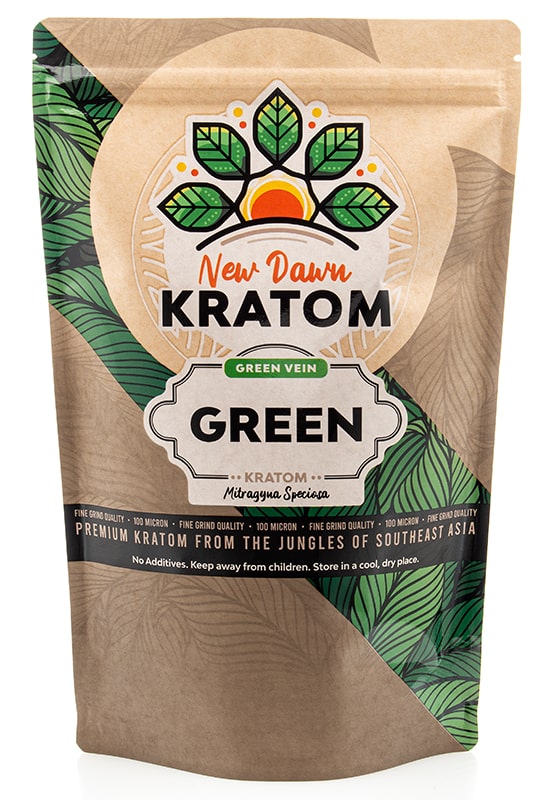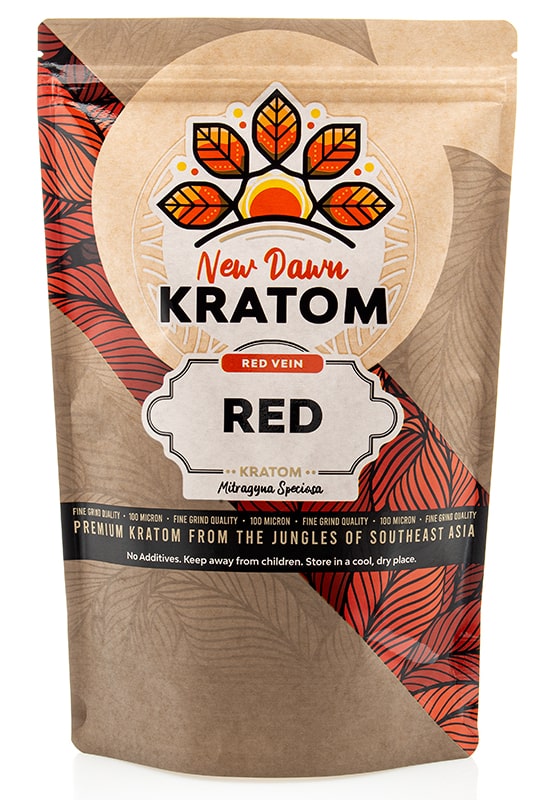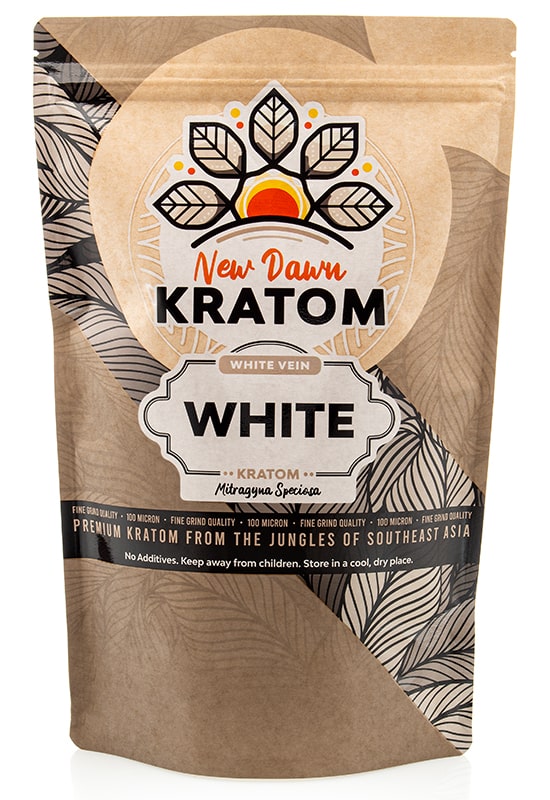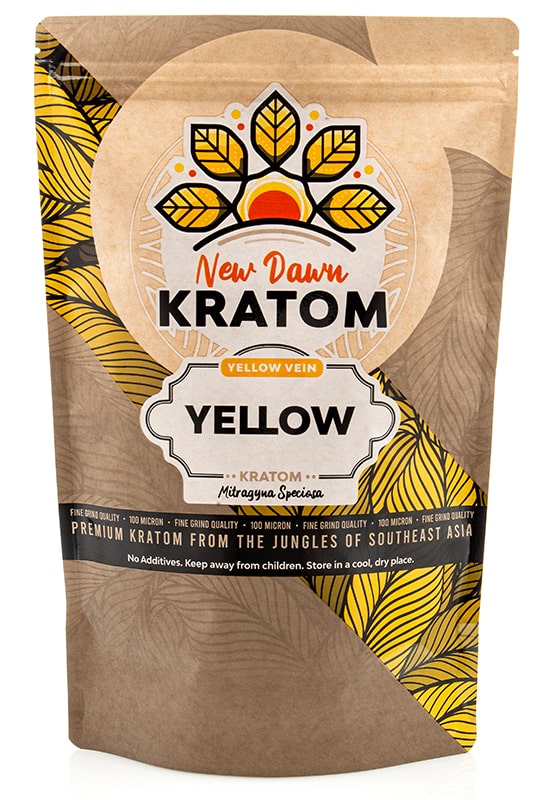In a world increasingly seeking natural solutions for wellness and relief, kratom has taken center stage. But what if you’re looking for something different, perhaps a bit less known but just as useful? In this comprehensive guide, we’ll introduce you to an array of effective botanicals that offer similar benefits to kratom but with their own unique twists. Get ready to expand your health and wellness journey into uncharted territories.
The Best Kratom Alternatives
If you’re looking for a kratom alternative, here are some viable options:
Mitragyna Hirsuta
Mitragyna hirsuta, often known on the street as “kra thum khok,” is a tall tree that thrives in certain Southeast Asian countries, including Cambodia, Vietnam, and Thailand. It belongs to the same genus as kratom (Mitragyna speciosa), hence their similarities. However, the two species have key differences in terms of their chemical constituents and effects on the body.
One of the main distinctions lies in the primary active compounds found within these herbs. Mitragyna speciosa (kratom) contains high levels of the alkaloids mitragynine and 7-hydroxy mitragynine. Mitragyna hirsuta, on the other hand, does not contain these alkaloids. Instead, its primary active compound is mitraphylline, which has similar mechanisms but is generally considered less potent.
Similar to kratom, Mitragyna hirsuta is said to produce psychoactive effects. However, these effects are generally reported as being milder and less intense.

Kava
Kava, also known by its botanical name Piper methysticum, is a plant native to the South Pacific Islands. It has a long history in these island cultures, where it has been traditionally used in religious and cultural ceremonies, as well as for medicinal purposes. The plant itself is a shrub, and its roots are commonly made into a paste, which can be mixed with water or coconut milk to produce a beverage.
One of the key features of kava is the presence of kavalactones, a type of alkaloid that is thought to have psychoactive properties. These compounds are believed to interact with the body’s nervous system to produce effects like relaxation and sedation.
Like kratom, kava has a range of anecdotal claims associated with it. Some users report that it helps to reduce stress, promote sleep, and alleviate discomfort. However, these effects are largely based on personal experiences and anecdotal evidence, and extensive scientific reviews supporting these claims are currently lacking.
Kanna
Found in South Africa, kanna is a small succulent that has been used traditionally by indigenous peoples for centuries. This is often consumed by chewing and smoking or used as a snuff, and it’s known for its psychoactive properties, which are thought to produce feelings of relaxation and joy.
The active compounds in kanna are alkaloids, specifically mesembrine and mesembrenone. These alkaloids are believed to interact with the brain’s serotonin transporters, potentially leading to increased availability of serotonin, a neurotransmitter associated with mood regulation. This mechanism of action is one reason why kanna has been used traditionally for mood enhancement and to help with stress.
Importantly, unlike kratom, kanna does not appear to have the same legal issues in many places, which makes it an attractive alternative for those seeking similar effects but residing in areas where kratom use is prohibited.
Mitragyna Javanica
Mitragyna javanica is a tropical deciduous tree native to Southeast Asia and part of the same botanical family as kratom. The tree is known for its robustness and ability to grow in diverse climates and soil conditions. Like kratom, the leaves of this plant are traditionally used for their medicinal properties.
While it’s in the same genus as the kratom plant, Mitragyna, this tree does not contain the same active alkaloids found in kratom. Instead, it contains a compound called mitrajavine, which is believed to have a similar but more subtle effect. This makes it a suitable substitute for those seeking less intense effects or those living in areas where kratom is banned.

CBD
Cannabidiol, more commonly known as CBD, is one of over a hundred compounds found in cannabis, and it has gained significant attention in recent years for its potential therapeutic effects. Unlike its cousin compound, THC (delta-9-tetrahydrocannabinol), which is the main psychoactive compound in marijuana, CBD is not psychoactive. It doesn’t produce the “high” associated with marijuana use.
CBD is touted for a wide variety of health benefits, including discomfort relief, reducing stress, and potential neuroprotective properties. Its anti-inflammatory and discomfort-relieving properties might make it a suitable alternative for those who rely on kratom use for similar purposes.
Blue Lotus
Blue lotus, scientifically known as Nymphaea caerulea, is a water lily native to Egypt and other parts of East Africa. It has been used for thousands of years for its psychoactive effects and was highly revered by the ancient Egyptians, who used it in religious ceremonies and depicted it in their art.
The plant’s flowers, leaves, and stems can be used in a variety of ways. They can be brewed into tea, soaked in wine, or even smoked. The effects of blue lotus are described as mildly sedative, with slight stimulation at lower doses. It’s been reported to induce feelings of relaxation, contentment, and a heightened sense of awareness.
The active compounds in blue lotus are alkaloids, such as nuciferine and aporphine. Nuciferine is known to have antispasmodic properties and acts as a dopamine receptor blocker, while aporphine is believed to be a dopamine agonist, which means it can stimulate dopamine receptors.
As with any substance, it’s essential to consult a medical professional before starting any new regimen or trying a kratom alternative, as a more thorough review is needed to understand their potential side effects.

Frequently Asked Questions
What are some substitutes for kratom?
Some substitutes for kratom include kava, kanna, sakae naa, white willow bark, CBD, marijuana, and guarana.
Are these legal?
The legality of these options depends on the specific substance and the location. For instance, CBD is legal in many parts of the world, whereas marijuana’s legality varies greatly from place to place. Always check your local laws before trying or acquiring a new substance.
Are kratom alternatives as potent as kratom?
Not all alternatives are as potent as kratom. Some alternatives have similar but often less intense effects.
Conclusion
In the realm of herbal remedies, searching for effective kratom substitutes is a journey of discovery and personal wellness. As we’ve seen, there is an array of options, each with unique properties, potential benefits, and considerations. However, a search for alternative medicine should be conducted with care, knowledge, and in consultation with a healthcare provider.
As we continue to learn more about these intriguing substances, the potential for improved health and wellness becomes even more exciting. The landscape of kratom alternatives is wide and varied, inviting us to discover what works best for us as individuals.





